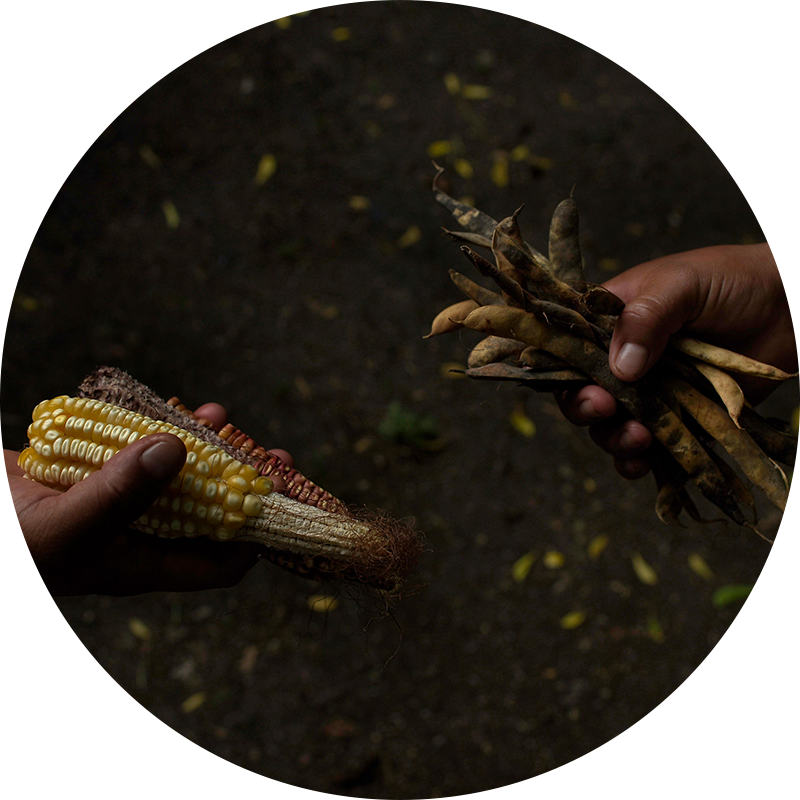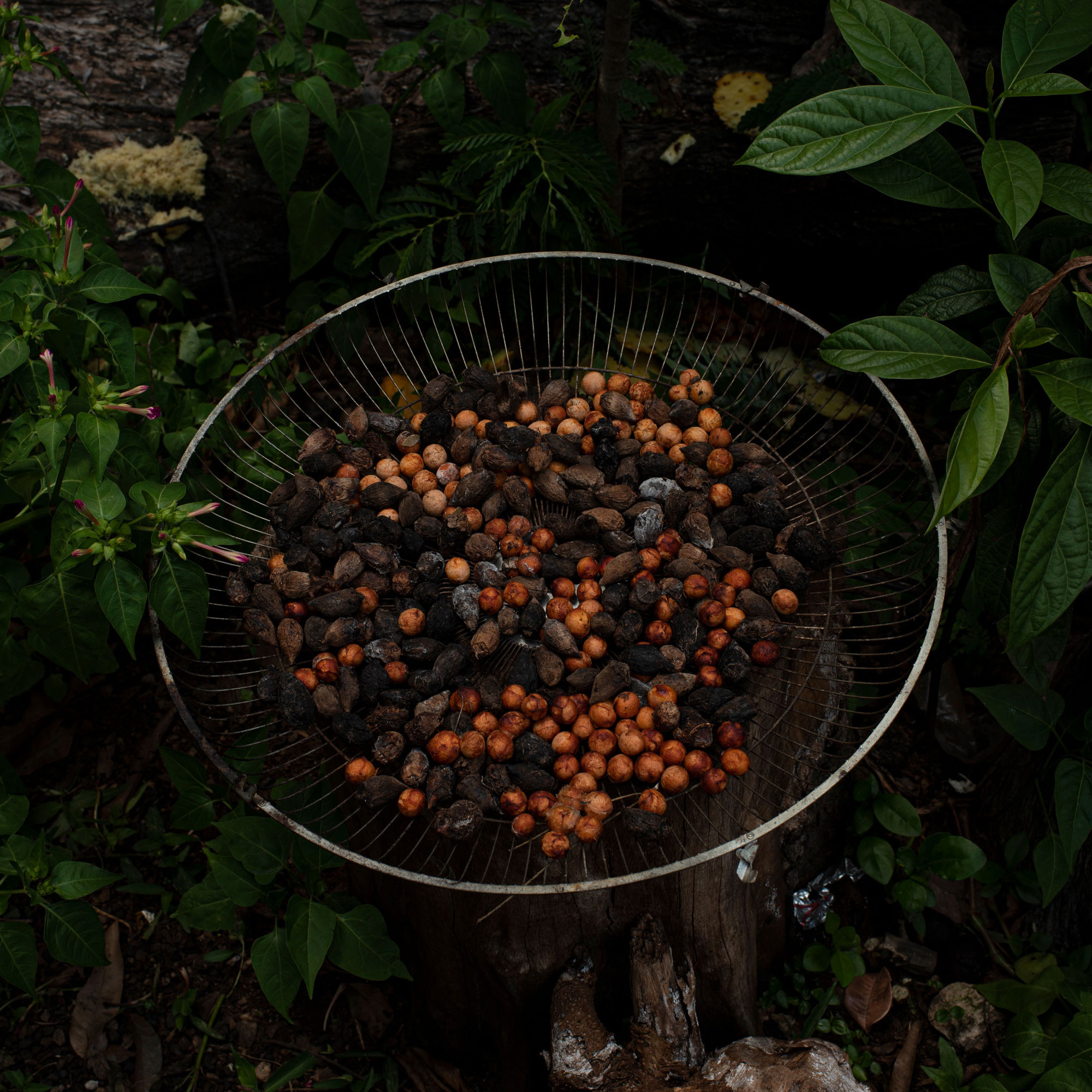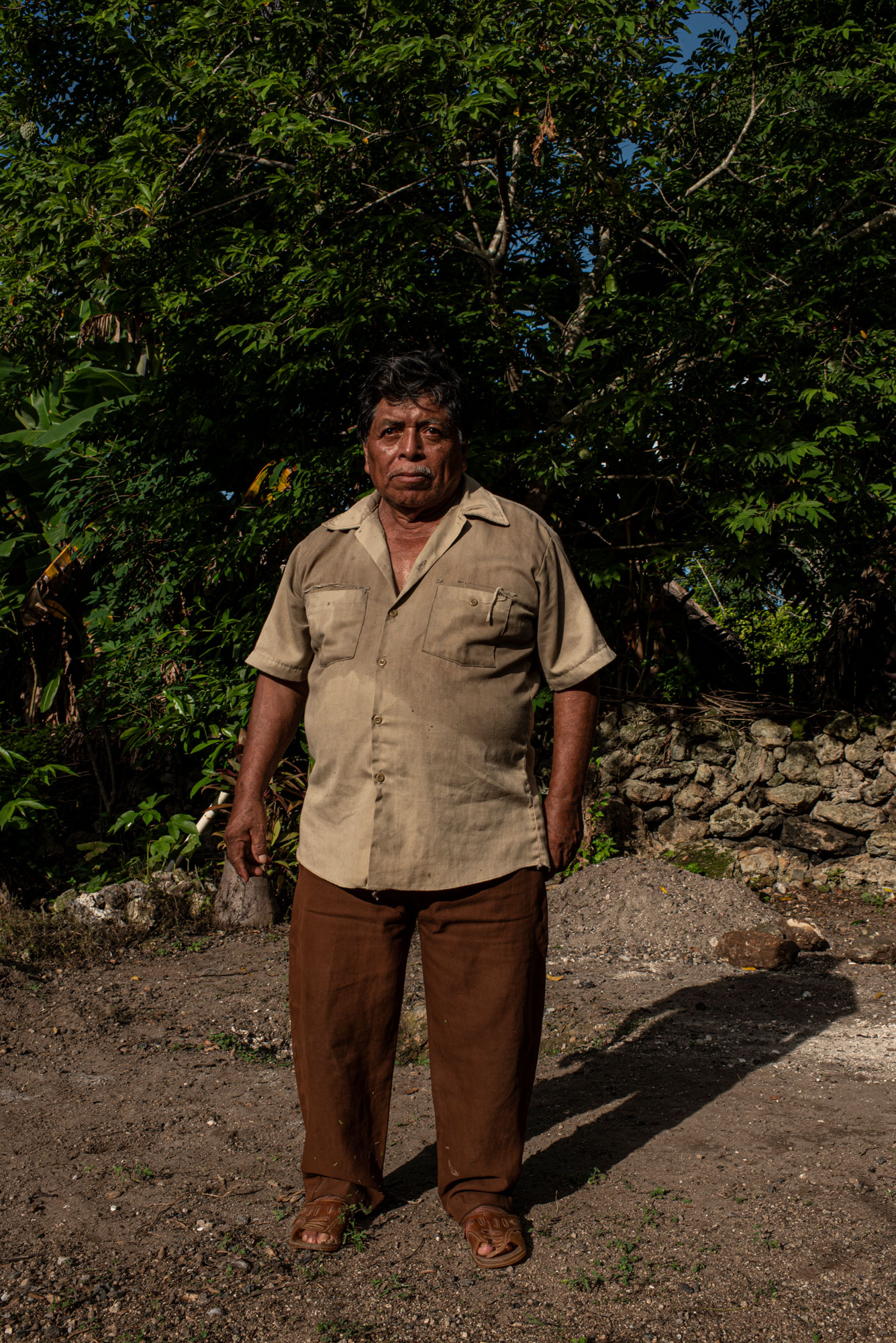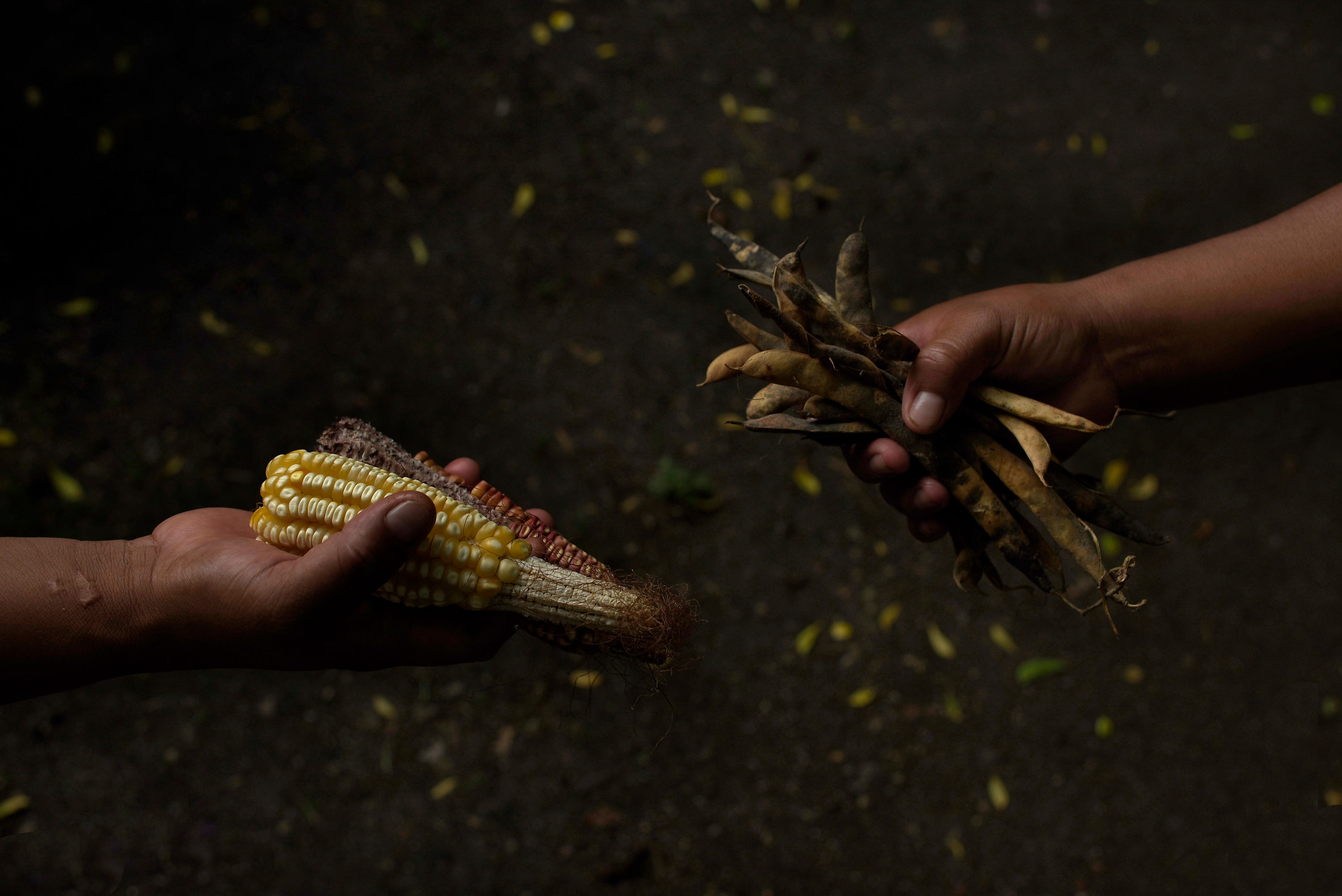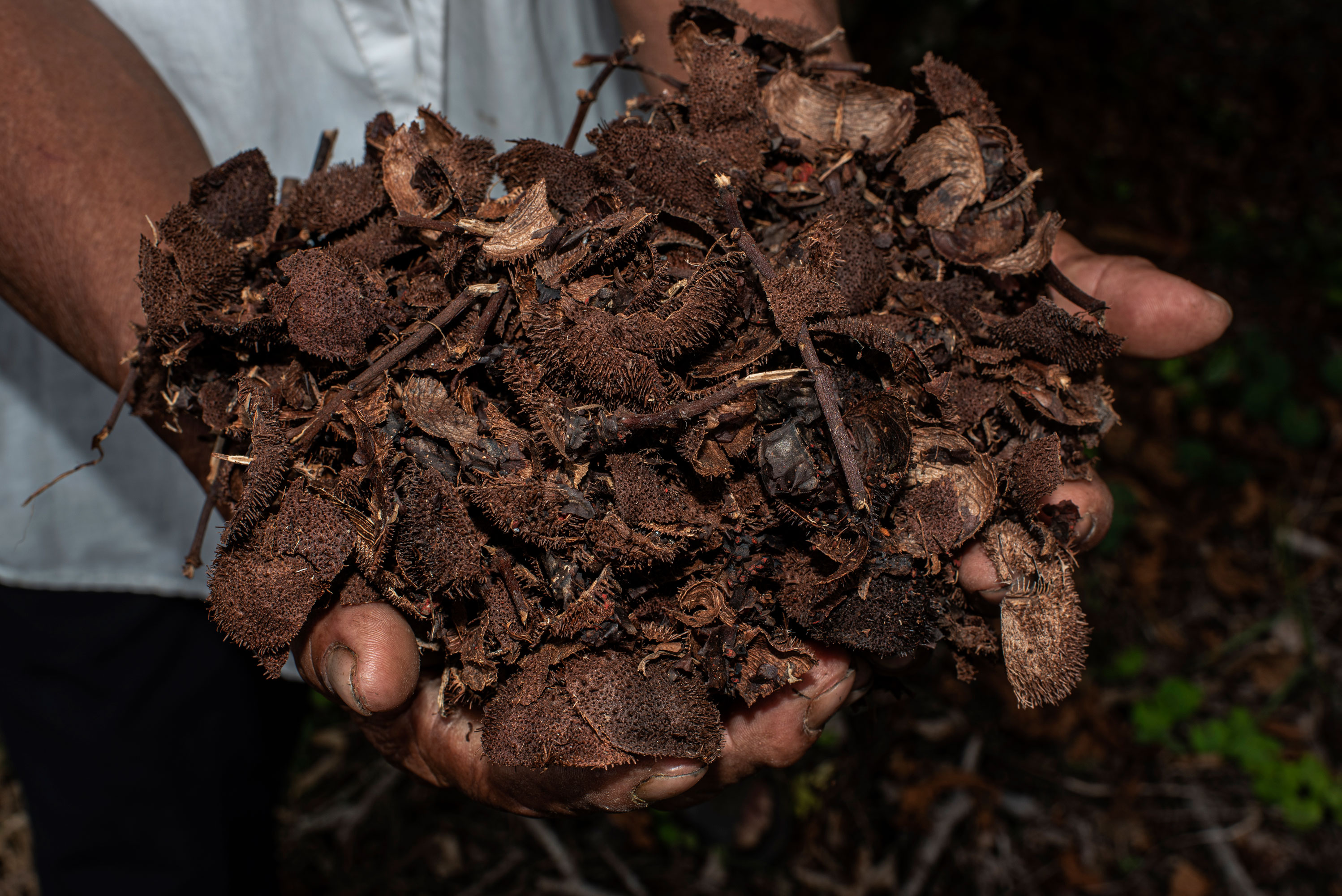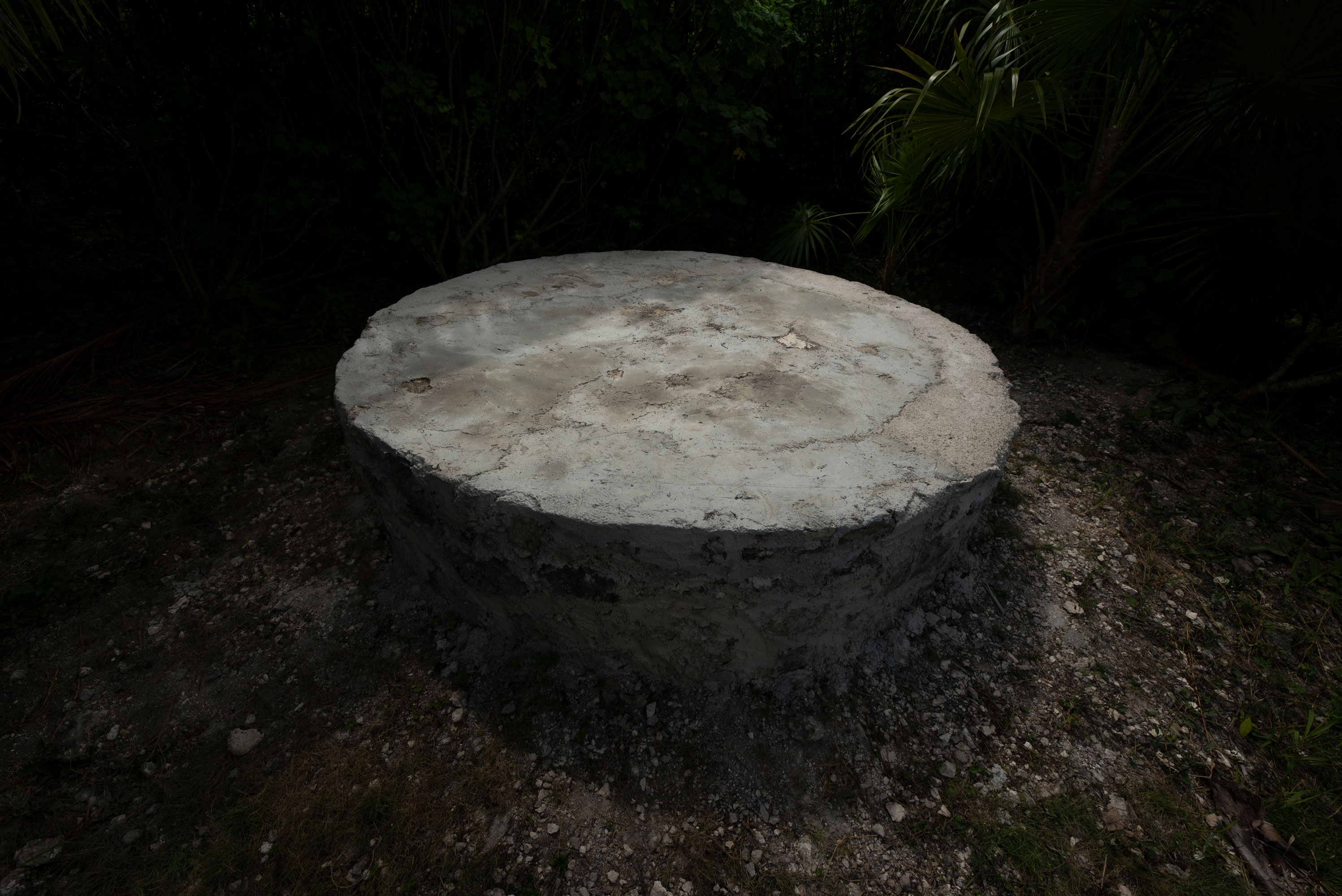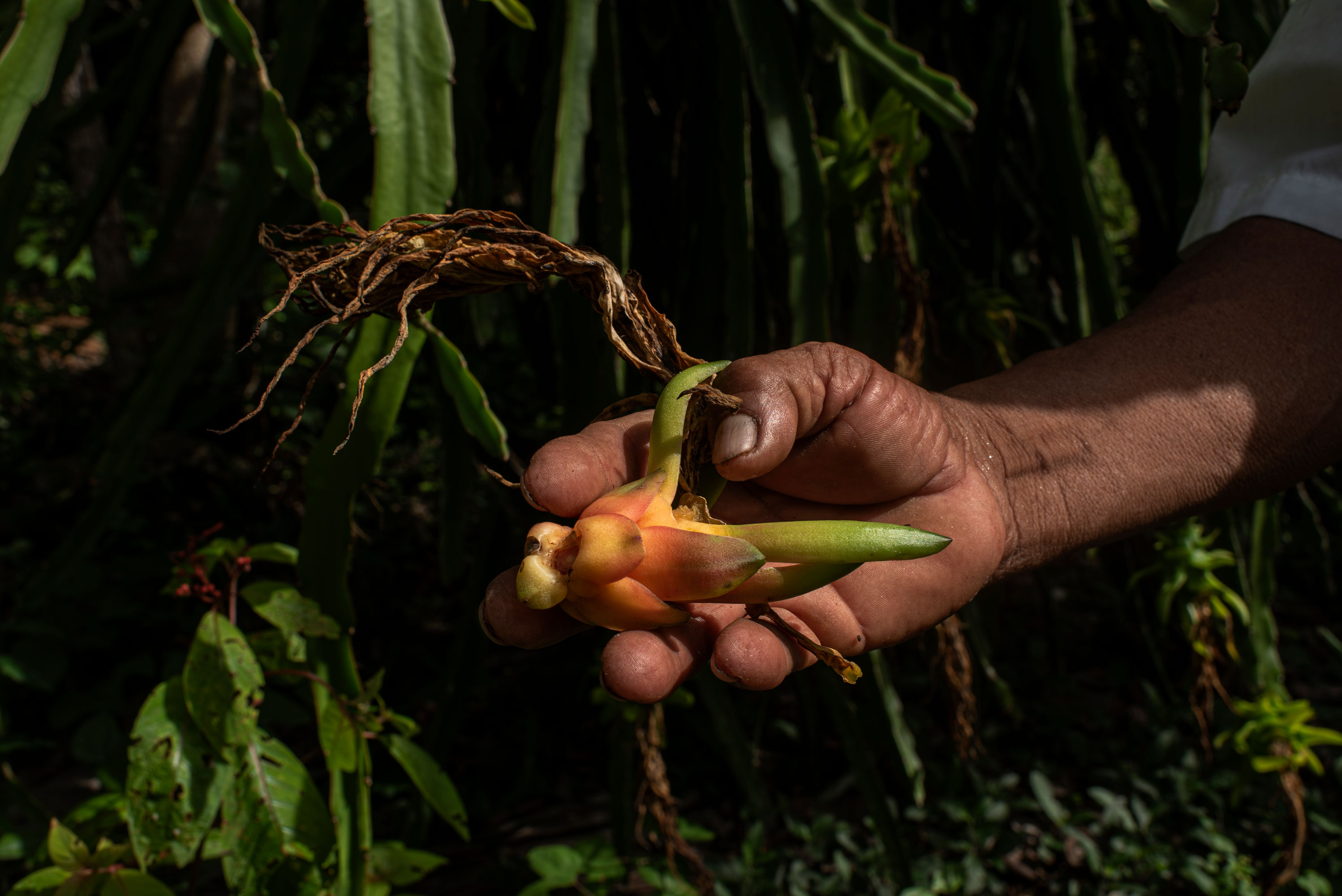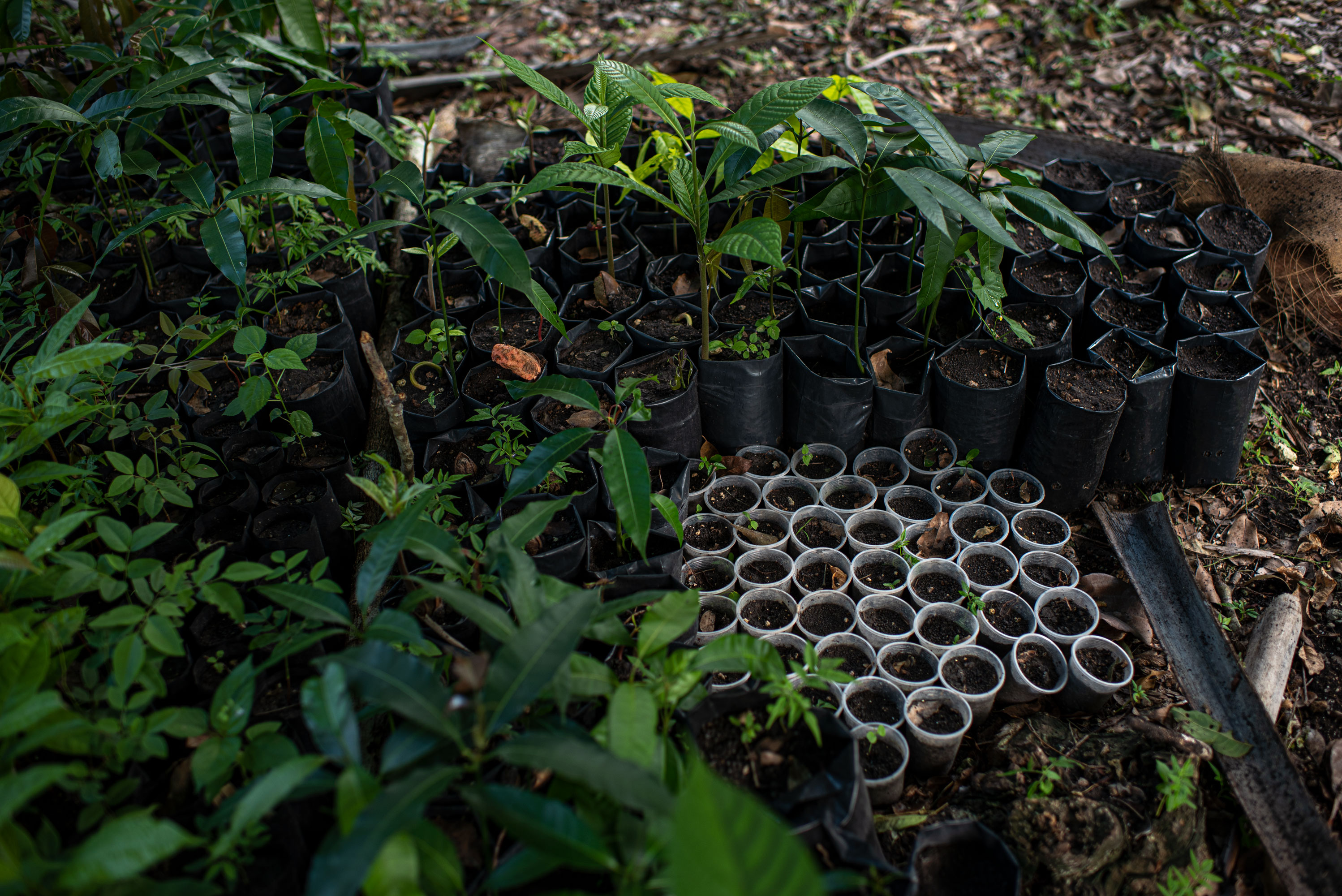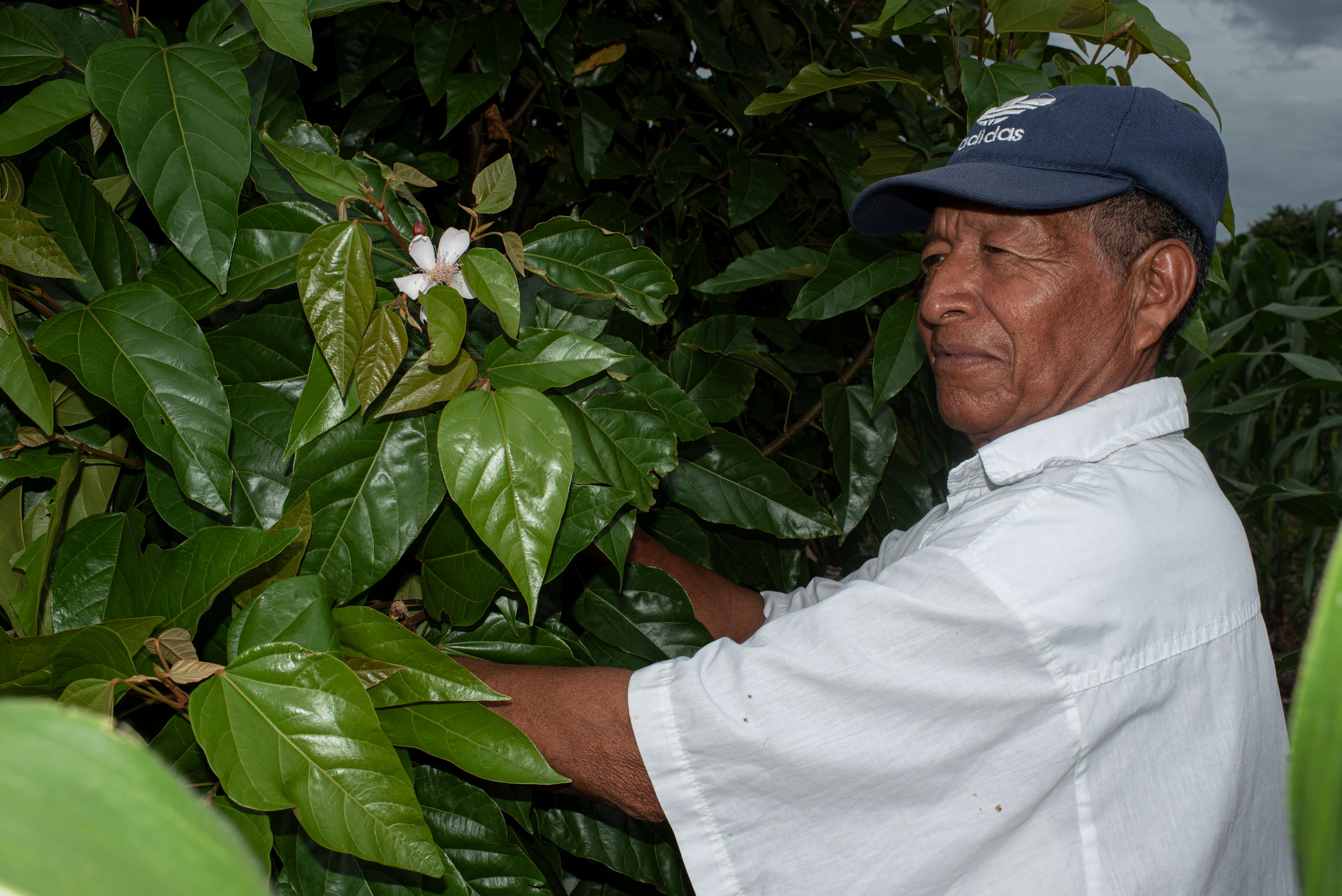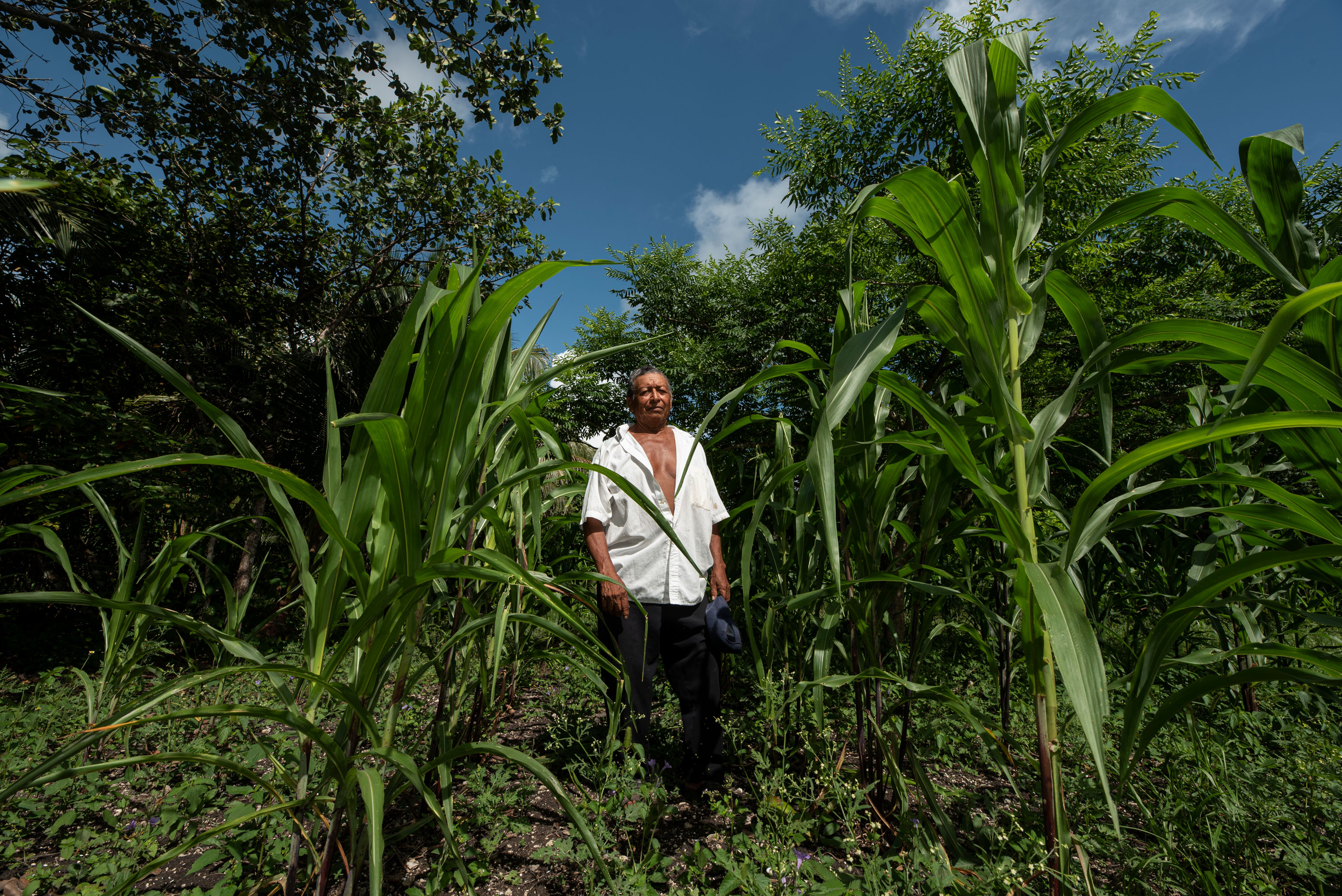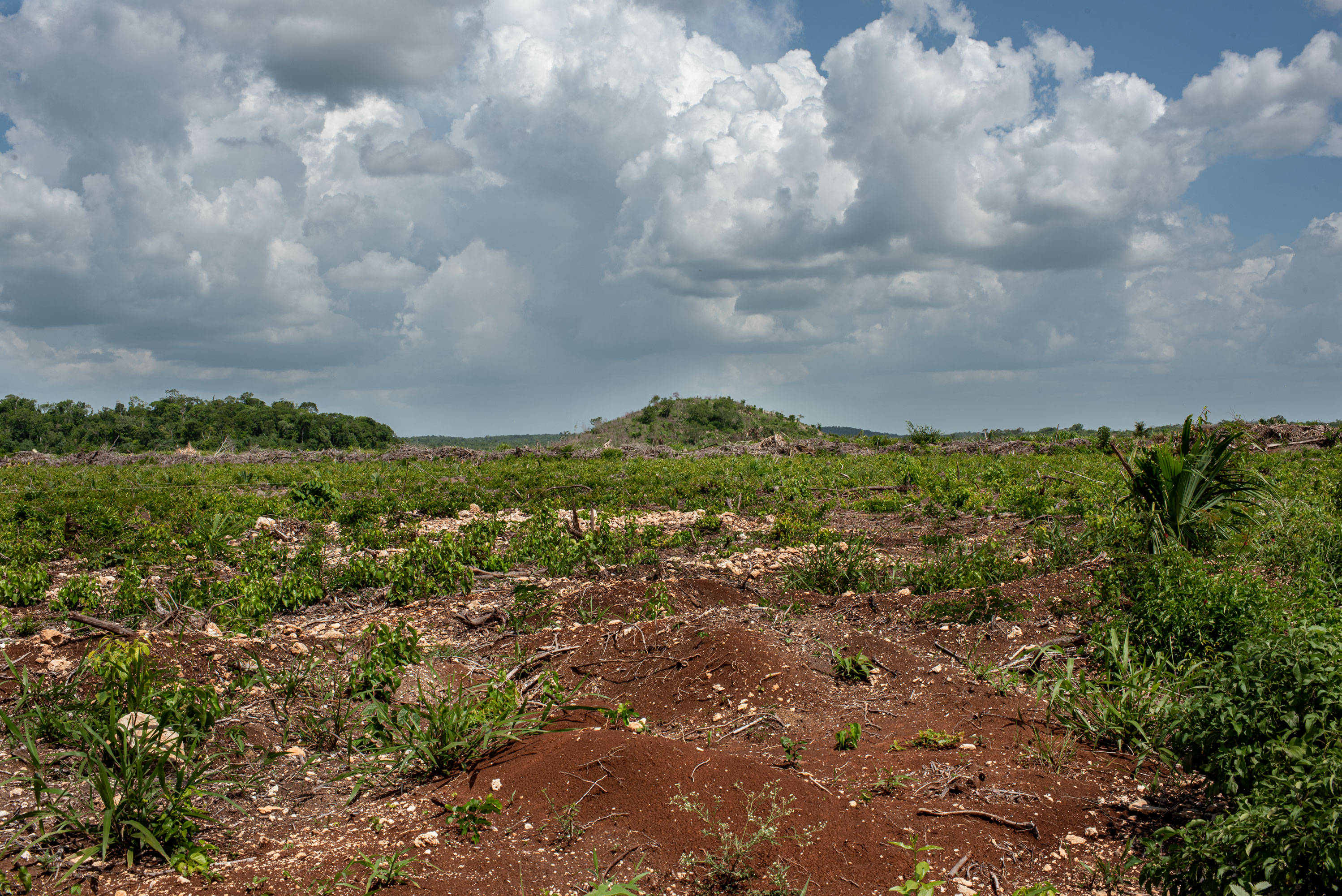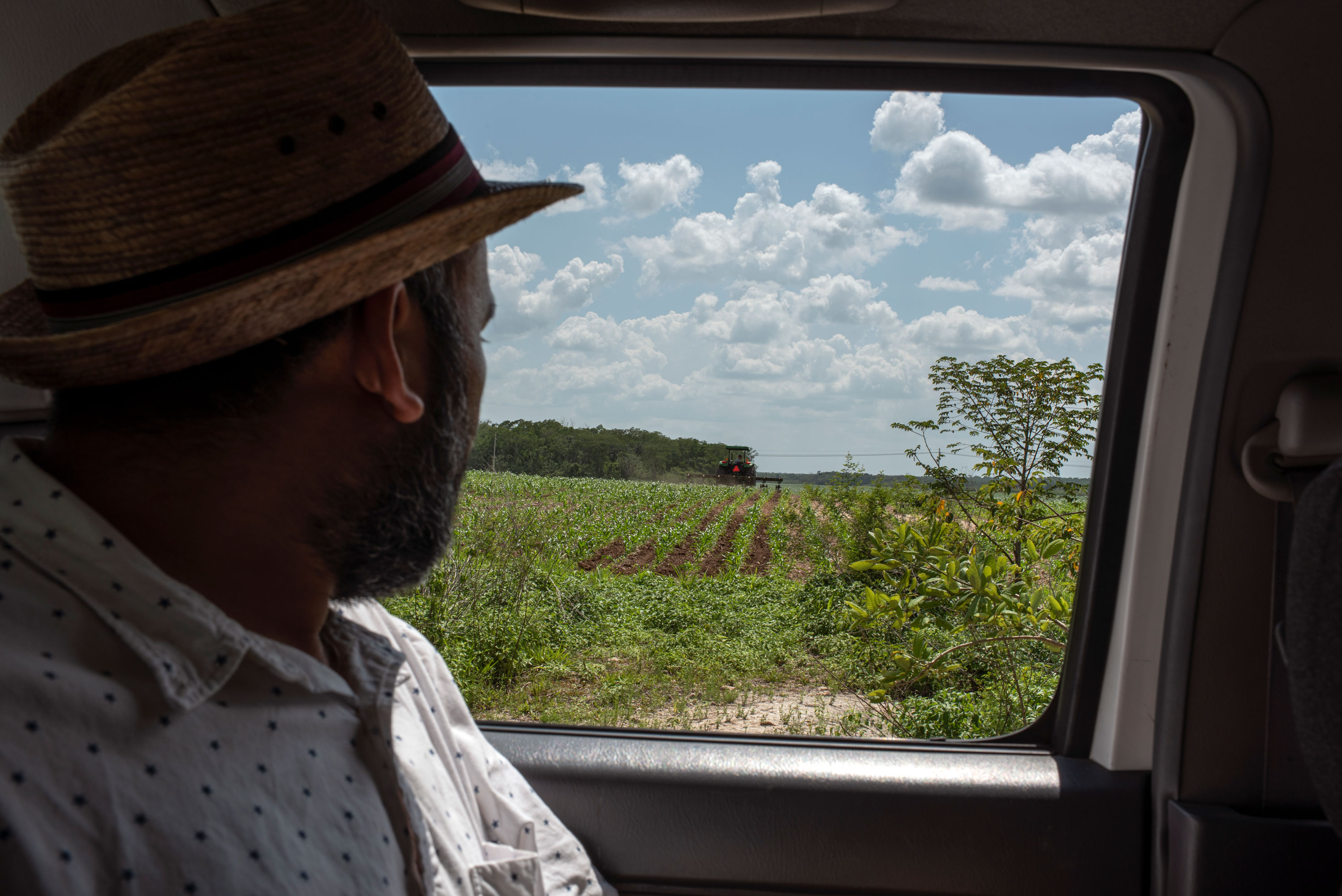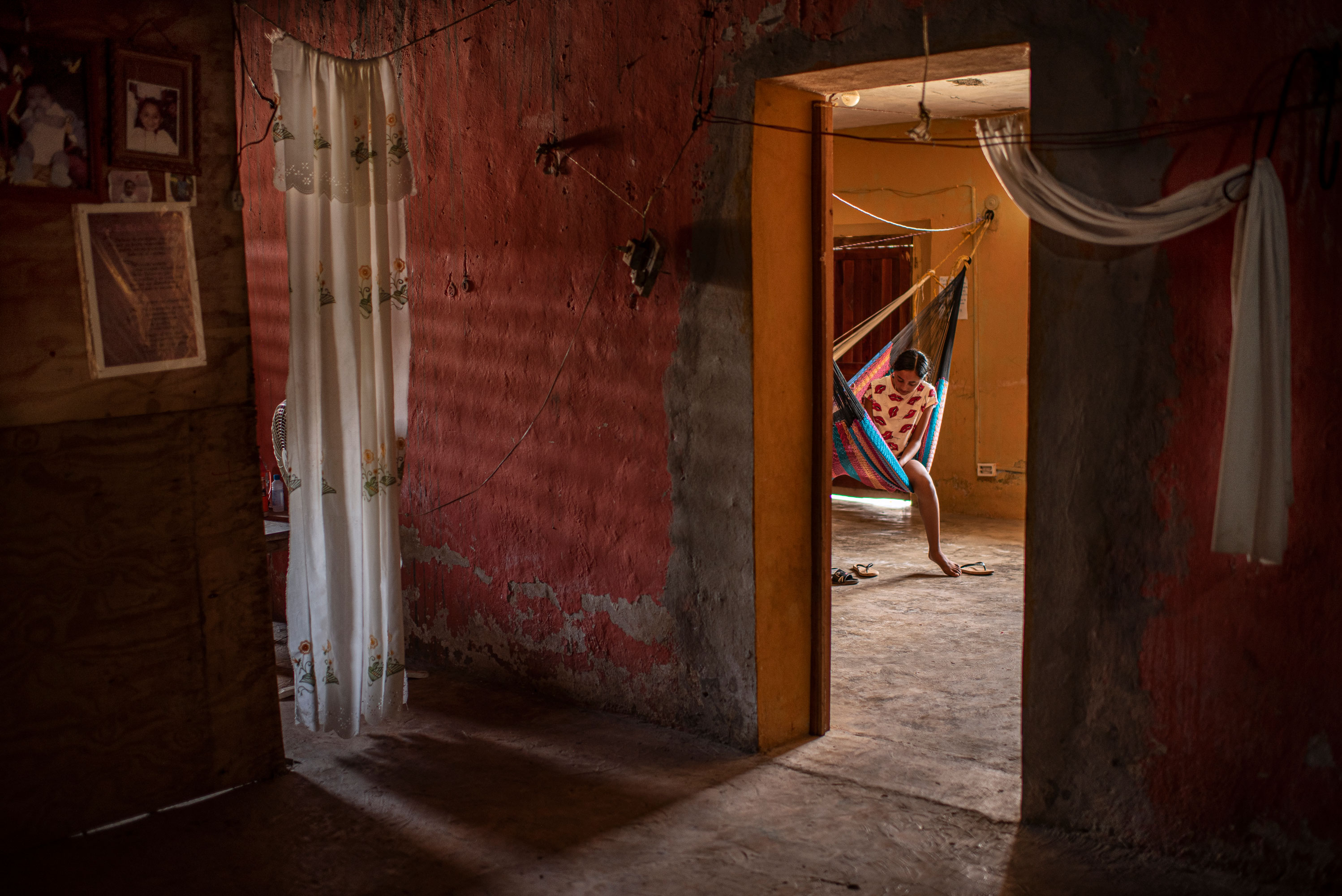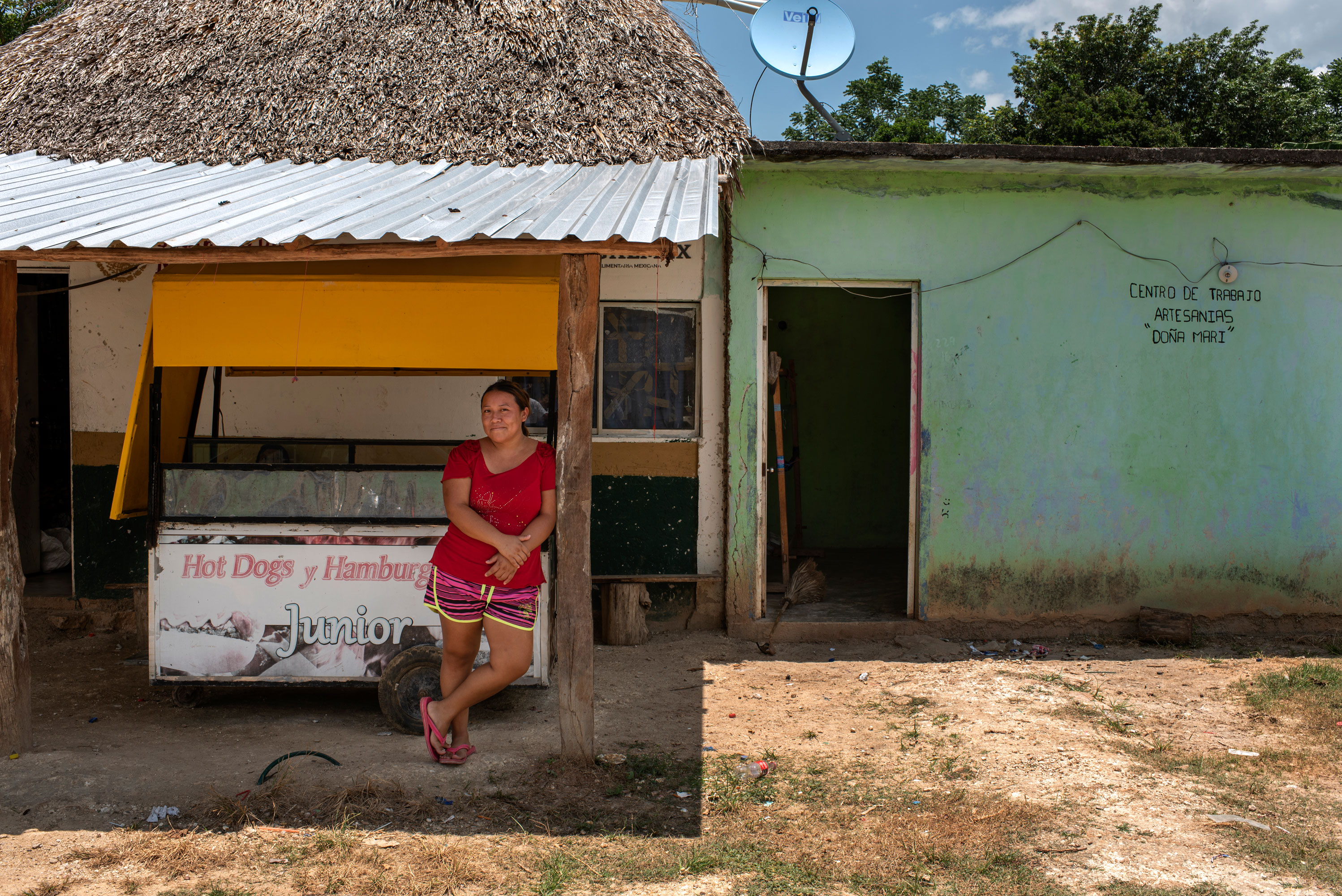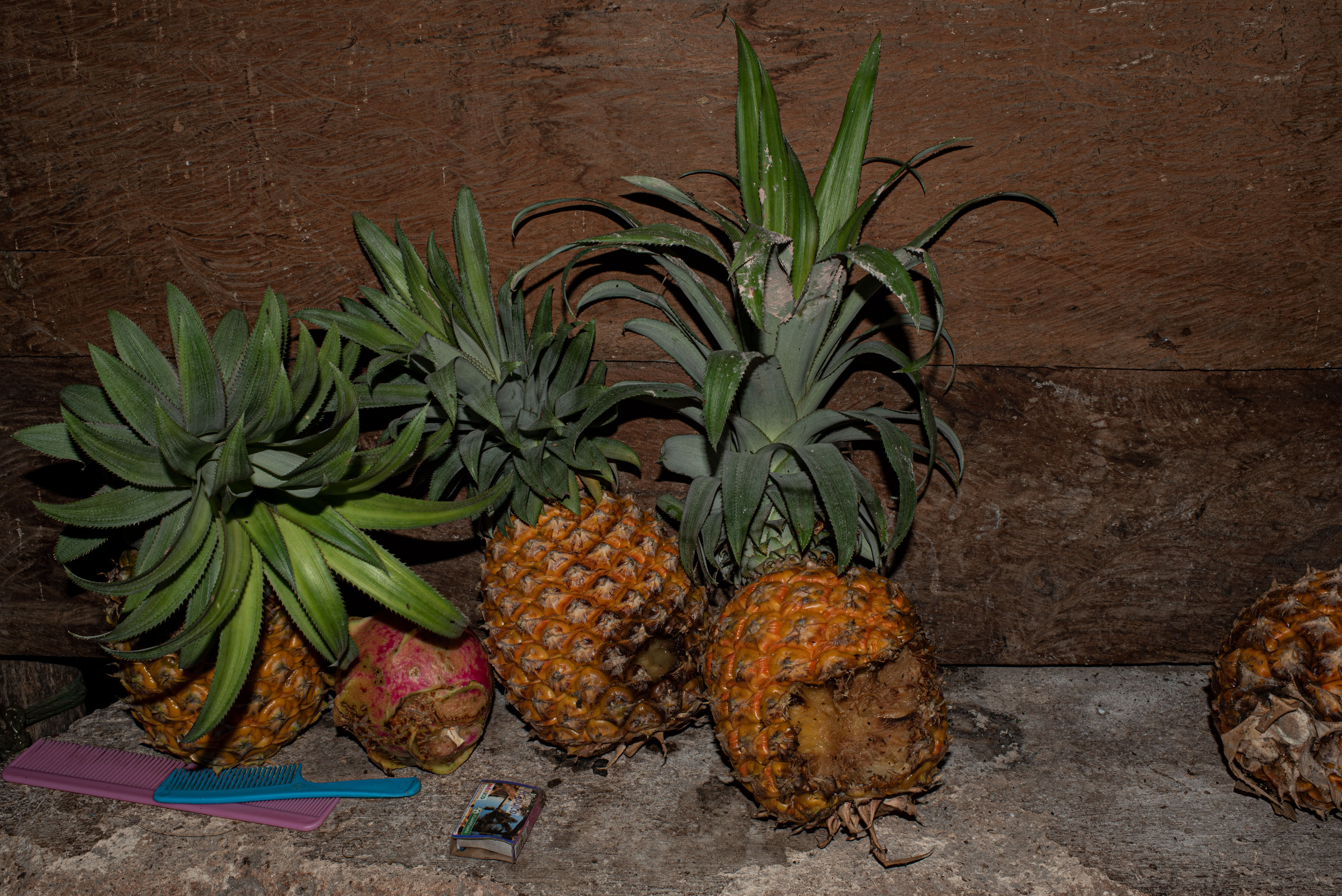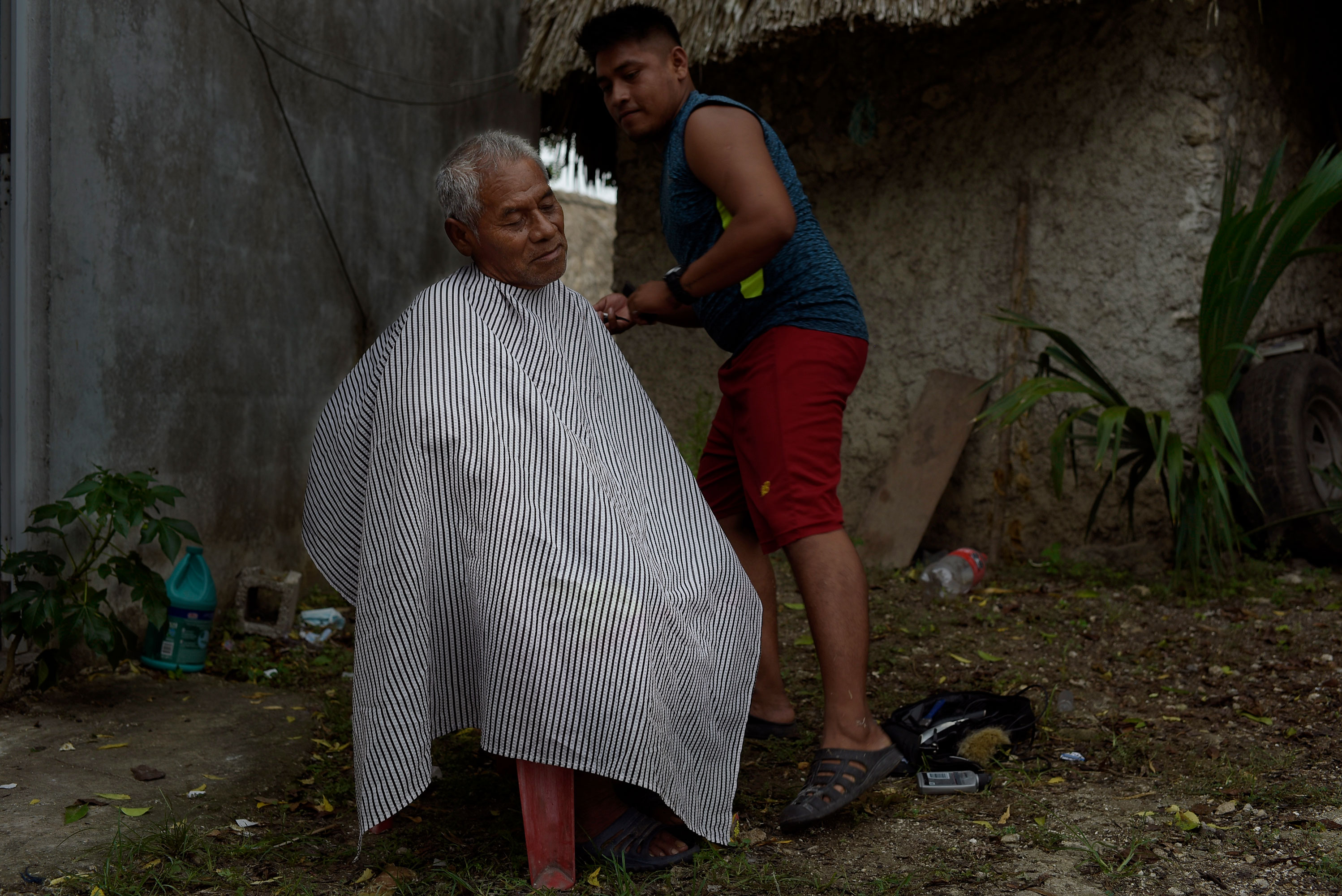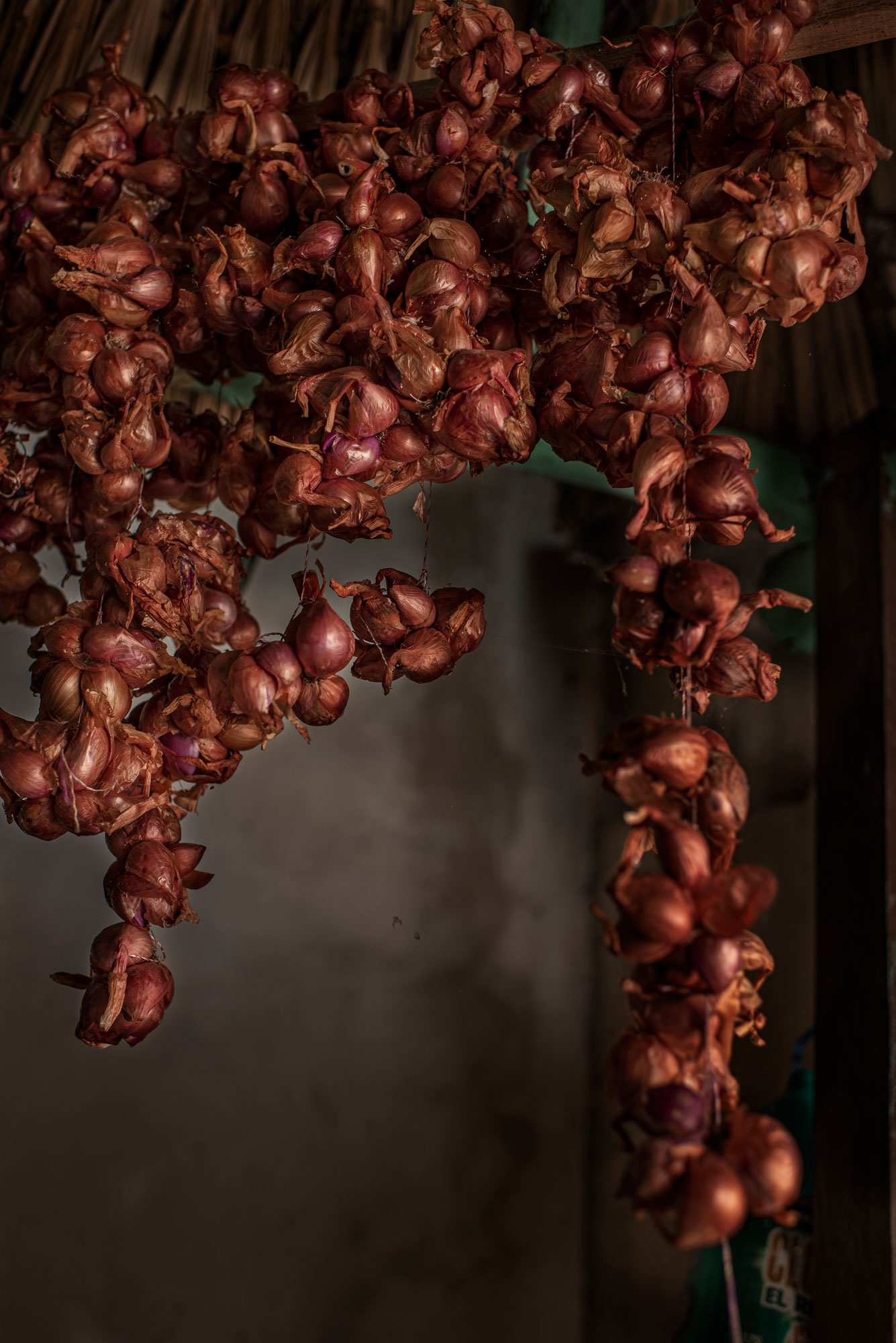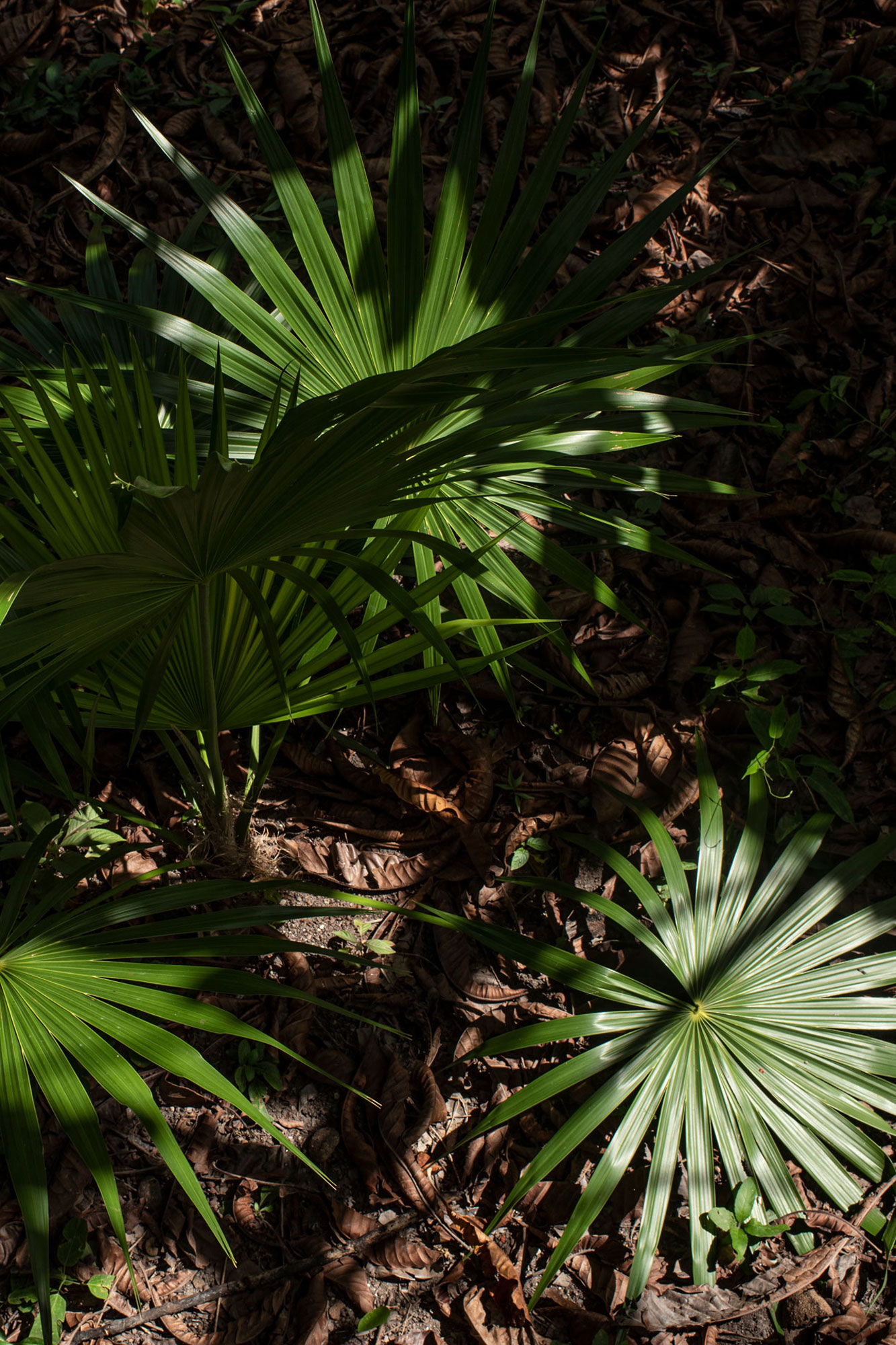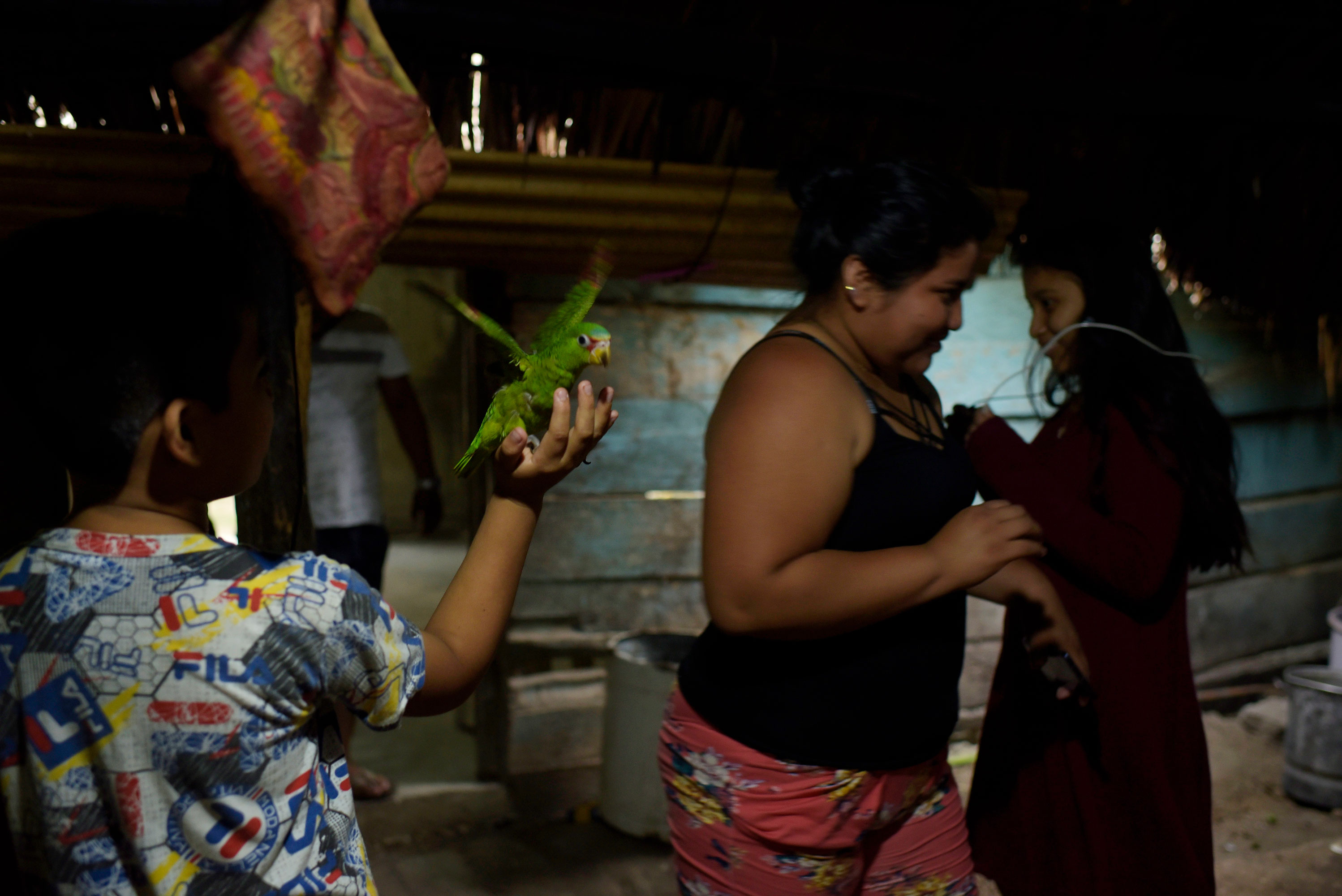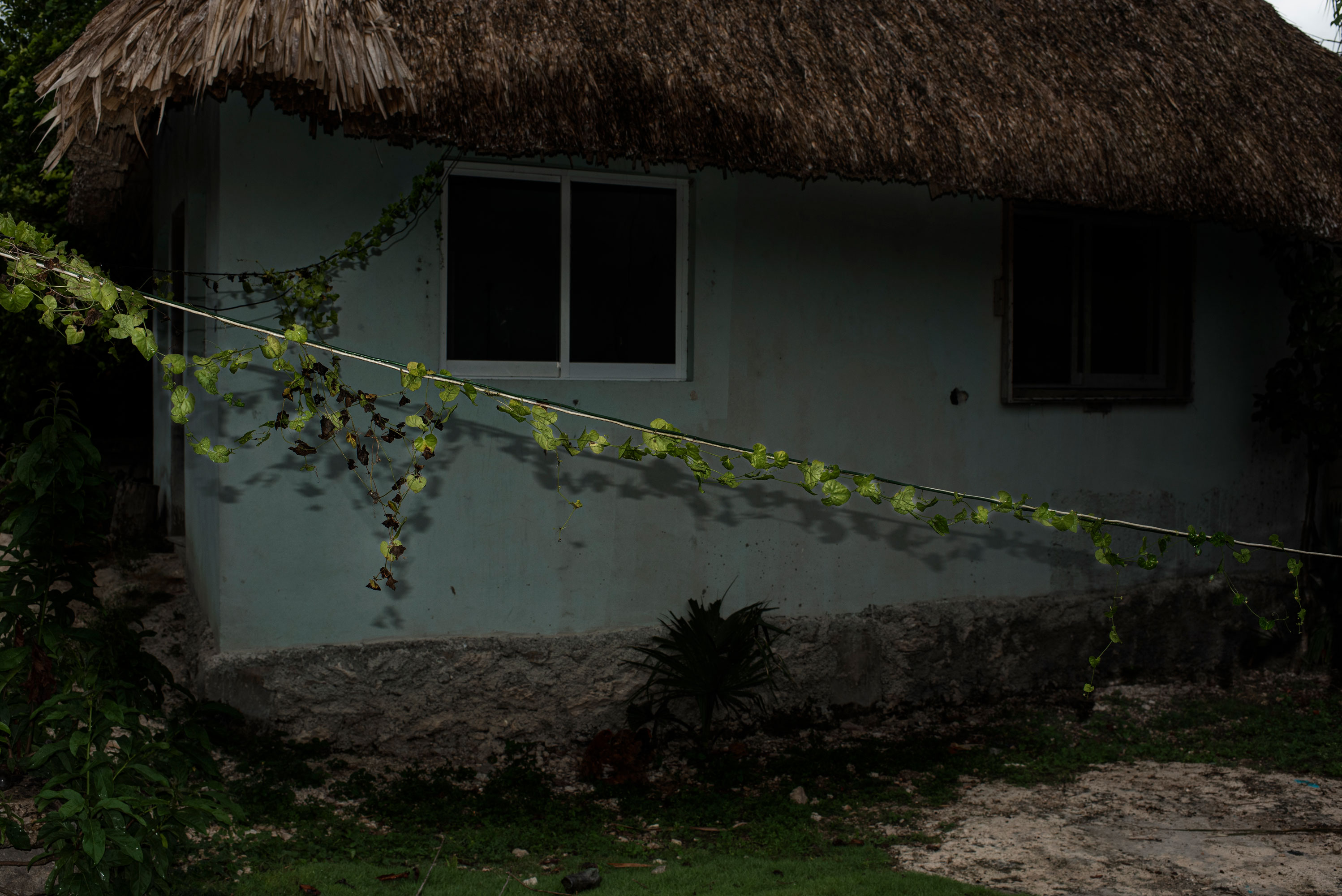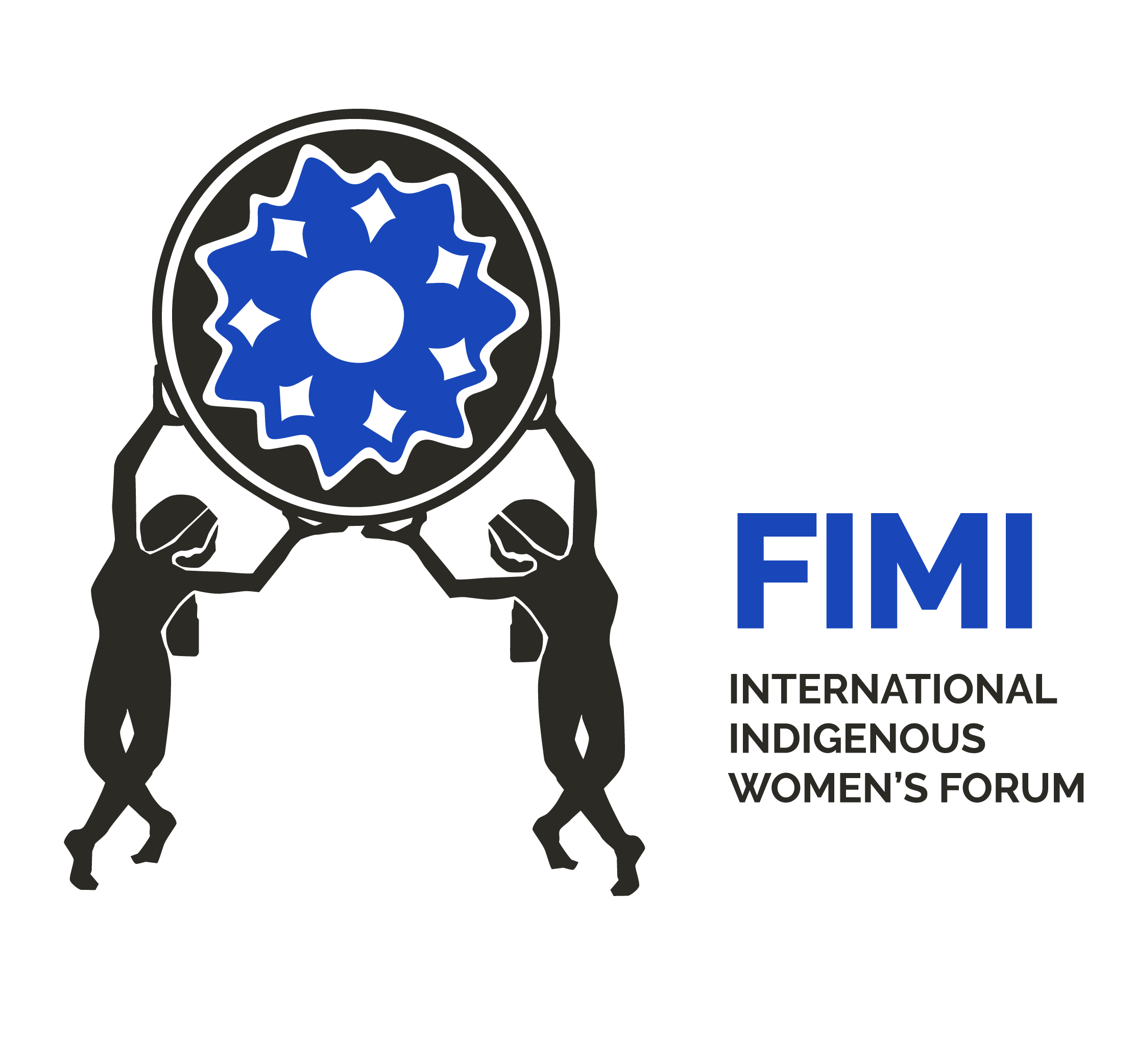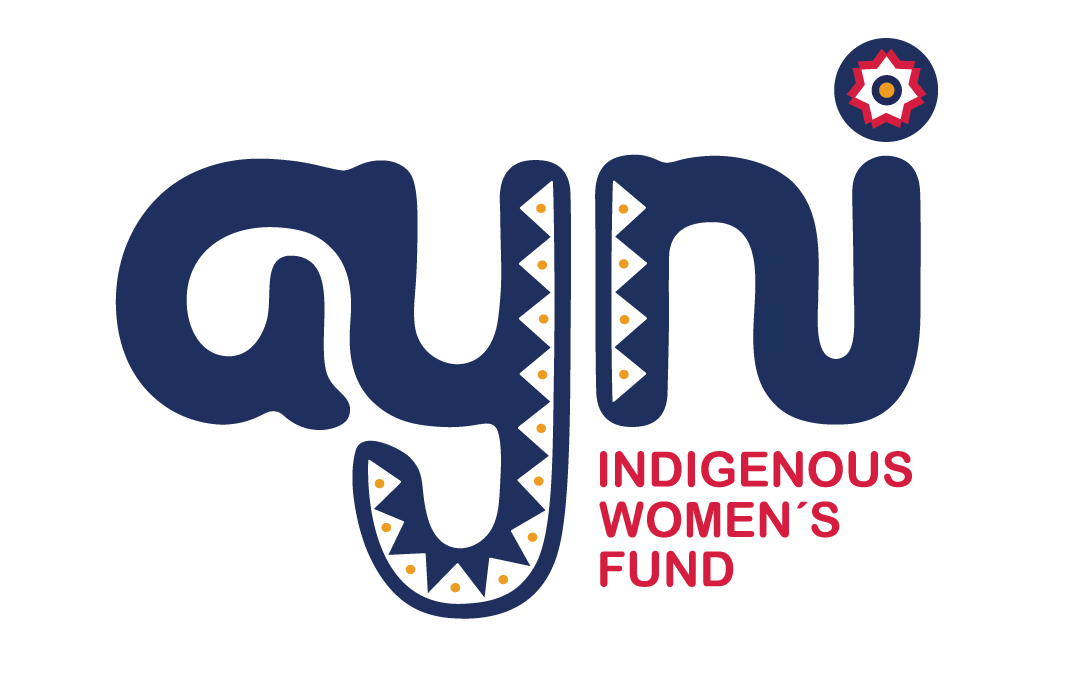“Our land is not for sale,” says Juan Bautista Yeh y Teh, who has lived all of his 68 years in the Maya community of La Buena Fe in the Mexican state of Quintana Roo. His 68 years and more than six decades working the milpa, along with the tone of his voice, give strength to his statement. He does not stop there: Juan believes that land should be given a fair treatment and taken care of. Throughout his life, Juan has seen people work the land in search of riches, an endless sea of agricultural terrain destroyed by that logic. “I think that, as long as the land I have gives me food, everything is fine.”
The care Don Juan gives to his milpa is methodical, therefore food is not absent. He wakes every day at six in the morning ready for breakfast. Half an hour later he leaves his house and by seven has arrived at his land in the La Buena Fe community, in the western region of Bacalar, Quintana Roo state, bordering Belize and the Caribbean Sea in the south of Mexico. Once there, work is tough: heaving the machete, plowing the land, sowing the seeds— leaving everything ready for the arrival of the rains, without which nothing will grow.
